Rachel Power
I started the practicum with little research experience. But after three months researching the stable site in Penola and the Seven Stars Hotel in Mallala, I now feel that I can approach any research task with confidence. I have a better understanding of where to begin research and what sources can be useful, as well as how those which may appear to be irrelevant (i.e. rate books) can actually provide you with plenty of information. I think the most valuable lesson I have learnt is that you don’t always find what you are looking for. Participating in the excavation at Penola was definitely the highlight of the practicum, not only did it increase my experience in the field and add to my understanding of how an excavation is run, but it also reinforced my love of archaeology and strengthened my belief that this is the career for me.
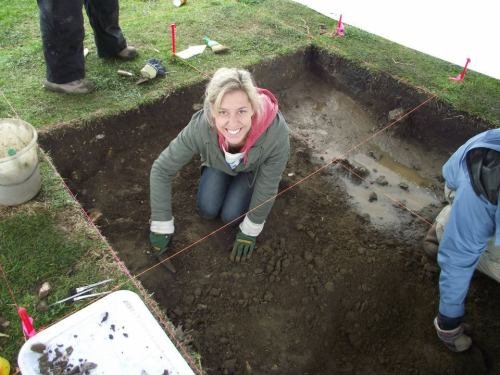
This whole experience has provided me with a taste of what Australian archaeology is all about and the challenges you can come across. While I know that research is a major part of being an archaeologist, it is getting out in the field, meeting with local community members and discovering artefacts from our past that really motivates me. I am so glad that I chose to take this topic and I know it has helped prepare me for the future – whatever it may hold!

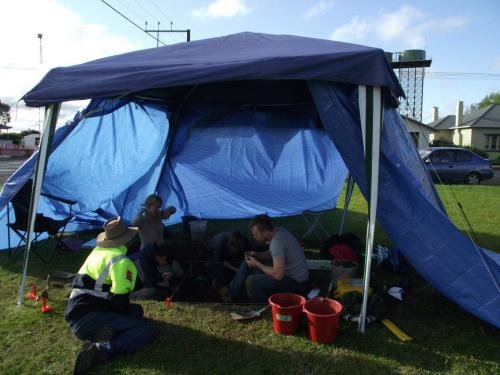
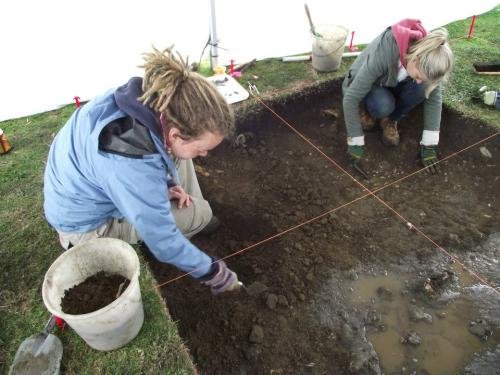
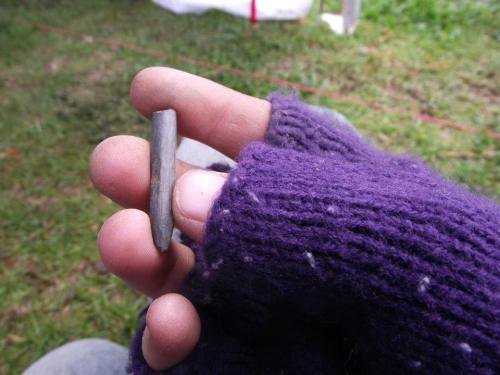

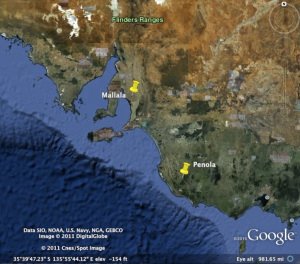 As part of the practicum, my role this semester has involved assisting our own Assoc. Prof. Heather Burke with research into two historically significant (yet very different!) South Australian buildings – the Mary Mackillop stables in Penola, and the notorious Seven Stars Hotel in Mallala, neither of which survive today.
As part of the practicum, my role this semester has involved assisting our own Assoc. Prof. Heather Burke with research into two historically significant (yet very different!) South Australian buildings – the Mary Mackillop stables in Penola, and the notorious Seven Stars Hotel in Mallala, neither of which survive today.